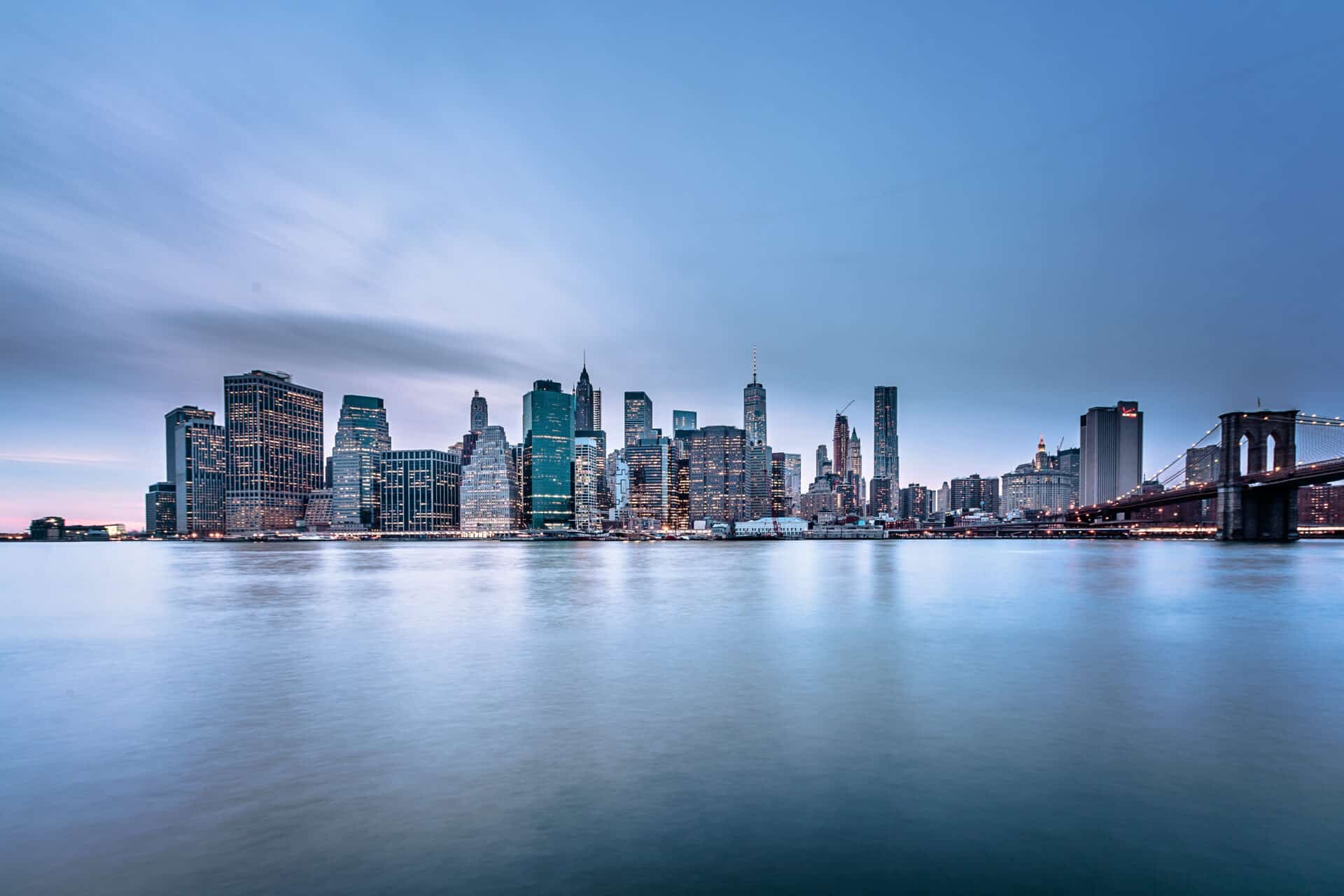A water distiller is a device that converts contaminated water into clean, pure drinking water. This is done by boiling the water and collecting the steam, which is then cooled and condensed into liquid form. The distillation process removes bacteria, viruses, salts, heavy metals and other impurities from the water. The result is clean, safe drinking water. In this article, we will explain how a water distiller works in detail.A water distiller is a piece of equipment that is used to purify water by removing contaminants and impurities. It works by boiling the water and then collecting the condensed steam, which is then cooled and collected as clean, purified drinking water.
Types of Water Distillers
Water distillers use a process known as distillation to purify water. This process involves boiling water and then condensing the vapor into a clean container, leaving impurities behind. There are several different types of water distillers available on the market today, each with their own unique features.
Countertop Water Distillers
Countertop water distillers are the most popular type of distiller. These small and compact units are perfect for home use and can easily be moved from place to place if needed. Countertop water distillers typically require manual filling and emptying, but some models feature an automatic shut-off feature for added convenience.
Under-the-Sink Water Distillers
Under-the-sink water distillers are larger than countertop models, but they provide more space for storage and installation is relatively simple. They typically require a dedicated faucet in order to dispense purified water, and they also have an automatic shut-off feature for added convenience.
Commercial Water Distillers
Commercial water distillers are designed for large scale operations such as laboratories or factories. These units typically come in large sizes and can produce a large amount of purified water in a short period of time. Commercial grade units usually require professional installation and maintenance, so they may not be ideal for smaller operations or residential use.
Whole House Water Distillers
Whole house water distillers provide purified drinking water throughout the entire household by connecting directly to the main line of your home’s plumbing system. These units require professional installation, but once installed they provide an unlimited supply of pure drinking water without any need for manual refilling or emptying.
How Does A Water Distiller Work?
A water distiller is a device that purifies water by removing contaminants and impurities. It works by heating water to its boiling point and then condensing the steam, which is then collected as pure distilled water. This type of system is often used in industrial applications, such as in the production of pharmaceuticals, but it can also be used for home purposes.
The process begins with the contaminated water being heated until it reaches its boiling point. The steam produced is then collected and passed through a condenser, which cools it down, resulting in liquid distilled water. Any solids or other contaminants remain behind, leaving only the pure distilled water. This process eliminates any bacteria, viruses, heavy metals or other impurities from the water.
The process of distillation is quite simple and efficient. It removes all harmful substances from the contaminated water and leaves behind only pure and clean drinking water for consumption. Distilled water has many benefits; it helps to improve taste, removes odors and makes cleaning easier due to its lack of minerals.
Distillation also helps to reduce energy consumption when compared to other methods of purification such as reverse osmosis or filtration systems. There are several types of distillation systems available on the market today ranging from portable units to large commercial systems that can be used in industrial applications.
Overall, distillation is an effective way to remove contaminants from water while preserving its natural taste and smell without adding any chemicals or additives. It’s a great choice for those looking for safe drinking water without having to worry about harmful contaminants or chemicals getting into their bodies.
The Benefits of Using A Water Distiller
Water distillers are known to provide some of the purest drinking water available. This is because they use a process called distillation to purify water. During distillation, impurities and contaminants are removed by boiling the water and then condensing the steam back into liquid form. The resulting liquid is free from most contaminants, including bacteria, viruses, metals, minerals, and chemicals.
Health Benefits
Using a water distiller can have many health benefits. It can reduce the risk of exposure to lead and other toxins found in many public water systems. In addition, it can eliminate harmful microorganisms such as E. coli and Salmonella from drinking water. Many people also find that distilled water tastes better than tap or bottled water since it does not contain any minerals or chemicals that can affect the taste.
Cost-Effective
Water distillers are also a cost-effective way to get clean drinking water. They require minimal maintenance and typically last for several years with proper care. This makes them an affordable option for those who need clean drinking water on a regular basis but don’t want to spend a lot of money on bottled water or other filtration systems.
Environmental Benefits
In addition to the health and cost benefits of using a water distiller, there are also environmental benefits associated with this type of system. Since distilled water does not contain any minerals or chemicals, it is much less likely to pollute nearby bodies of water when it is disposed of properly than tap or bottled waters that may still contain traces of these substances. Additionally, using a home-based distiller eliminates the need for plastic bottles which can be harmful to wildlife if not properly recycled or disposed of properly.
Overall, using a water distiller offers numerous benefits for both your health and the environment. Not only does it provide clean drinking water but it is also an affordable way to get safe drinking water without having to rely on expensive bottled alternatives or other filtration systems that may not be as effective at removing dangerous contaminants from your drinking supply.
Advantages of a Water Distiller
A water distiller has several benefits that make it an appealing option for many households and businesses. One of the main advantages of a water distiller is its ability to effectively filter out impurities, such as bacteria and minerals, from tap water. This can drastically improve the taste and quality of drinking water, and even make it safer for consumption. Additionally, because a water distiller only uses electricity to heat the water, it can be a more energy-efficient alternative to other filtration systems. Lastly, because a water distiller produces distilled water on demand, it is always readily available whenever needed.
Disadvantages of a Water Distiller
There are some potential drawbacks associated with using a water distiller. For one thing, many models require frequent maintenance in order to work properly and avoid potential issues such as mineral buildup or filter clogging. Furthermore, distilled water contains fewer minerals than tap or filtered water does, which can affect the taste and make it less appealing for some people. Additionally, because a distiller relies on heating the water to evaporate contaminants, it cannot filter out volatile organic compounds (VOCs) from the source liquid. Finally, many models are expensive upfront costs that may not be feasible for some consumers.

Maintaining a Water Distiller
Maintaining a water distiller is essential for ensuring clean, safe drinking water. Properly caring for your distiller will help it last longer and produce better quality water. To get the most out of your distiller, it’s important to clean it regularly and replace parts as needed. Here are some tips for maintaining a water distiller:
First, make sure to clean your distiller on a regular basis. This can be done by running distilled vinegar or a commercial cleaner through the unit. Your distiller should also be descaled every few months by running citric acid or lime scale remover through the unit. This will help to remove any mineral deposits that have built up inside.
Second, periodically inspect the filter elements in your unit and replace them as needed. The filter elements should be replaced when they become clogged or discolored, as this can affect the taste of your drinking water. Additionally, check the seals in the unit and replace them if they appear worn or loose.
Third, check that all the hoses and connections are tight and secure. Over time, fittings can become loose due to vibration from operation of the unit. Make sure to tighten any loose connections to prevent leaking.
Finally, check that all parts are working properly before each use and contact a qualified service technician if any issues arise. This will help ensure that your water distiller is running at peak efficiency and producing high-quality drinking water.
Following these tips for maintaining a water distiller can help extend its life and keep it producing healthy, great-tasting drinking water for years to come!
How Long Does It Take To Make Distilled Water With A Water Distiller?
Distilling water with a water distiller is a relatively simple process. Depending on the type of distiller and the amount of water you are distilling, it can take anywhere from one to two hours to produce a gallon of distilled water. The time will also depend on the temperature and humidity in your area. Generally, it takes around 30 minutes to distill a small amount of water, while a large batch could take up to two hours.
The process begins by pre-heating the water in your distiller. This is done to ensure that the entire batch boils at the same temperature and is essential for producing high quality distilled water. Once the pre-heating process is complete, the actual distillation process begins. During this step, the heated water vaporizes and travels up through a tube that is connected to a condenser. When it reaches the condenser, it cools down and turns back into liquid form before being collected in an appropriate container below.
Once all of the heated vapor has been collected, you will have produced one gallon of distilled water. Depending on how much you are producing at once, this process can take anywhere from thirty minutes to two hours or more. For larger batches, it may be necessary to heat multiple batches of water at once in order to keep up with demand.
In conclusion, making distilled water with a water distiller typically takes between thirty minutes and two hours depending on how much you are producing at once and other factors such as temperature and humidity levels. Pre-heating is an important step that ensures that all of your batches boil at the same temperature for optimal results.
Can You Use Tap Water With A Water Distiller?
The short answer to this question is yes, you can use tap water with a water distiller. However, it is important to note that the quality of the water you use will impact the quality of the distilled water that you produce. Tap water usually contains a variety of minerals and other contaminants, which can be carried over into the distilled product if not filtered out before distillation. This means that if your tap water has a high mineral content or contains other contaminants, then it is best to filter it before distilling it.
There are several types of filtration systems available on the market today, ranging from simple carbon filters to more advanced multi-stage systems. These filters are designed to remove impurities such as chlorine, lead, iron, and other heavy metals from your tap water before it enters your distiller. This will ensure that your distilled product is free from any contaminants and provides you with clean, pure drinking water.
It is also important to note that while tap water can be used in a water distiller, it is not recommended for long-term use as long-term exposure to chlorine and other chemicals can reduce the effectiveness of your distiller over time. If you plan on using a distiller for an extended period of time then it is best to invest in a filtration system that will ensure that your tap water is free from any contaminants before entering the distiller.
Overall, yes you can use tap water with a water distiller but it is important to make sure that any contaminants are removed from the source prior to entering your distillation system in order to ensure that you get pure and clean drinking water every time.

Conclusion
A water distiller works by boiling water to create steam. The steam is then condensed and collected as pure drinking water. This process is effective in removing bacteria, minerals, and other contaminants from the water. It can also be used to produce distilled spirits or other beverages. As with any type of water purification system, it is important to regularly inspect and maintain the distiller for optimal performance.
In conclusion, a water distiller is an effective way to remove contaminants from drinking water, as well as produce distilled spirits or other beverages. It works by boiling the water and condensing it back into pure drinking water. Regular maintenance is essential for optimal performance of any system, including a water distiller.

